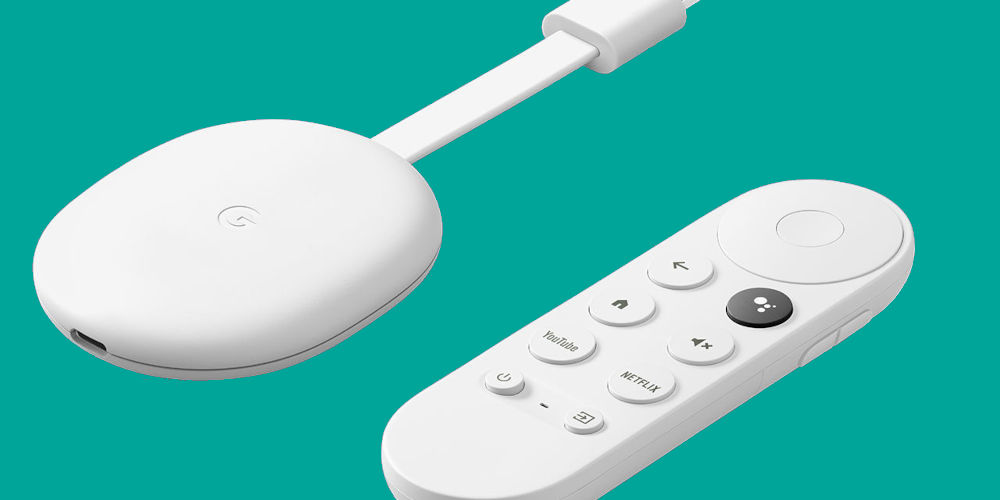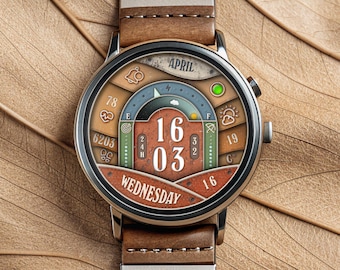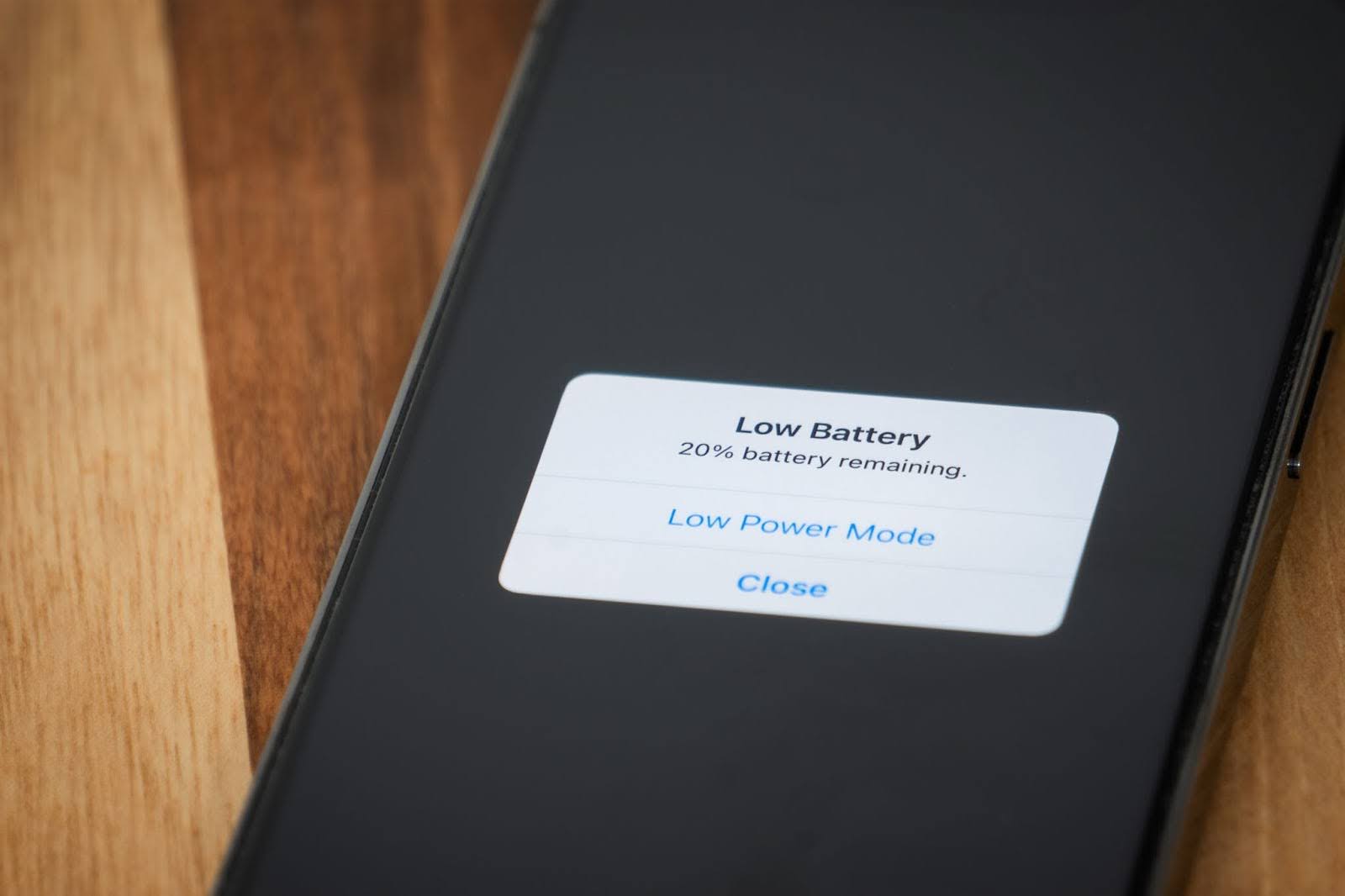smart TV from any leading brands for your living area, you might want to reconsider the concept of opting for a projector instead — particularly now that Samsung has launched a new portable projector that utilizes AI to enhance your viewing experience and minimize the need for adjusting the image. After all, altering the settings can be the most frustrating aspect of projectors. The Freestyle Plus (which Samsung refers to as Freestyle+) boasts increased brightness compared to its earlier models — another crucial feature you’d desire in a TV substitute. Announced prior to CES 2026 in Las Vegas, the Freestyle Plus maintains the same design as the original Freestyle projector. It resembles a cylinder that can be easily moved.
You also have the ability to rotate the device, enabling you to transform any surface in your household into a TV substitute, whether it be a wall, ceiling, or floor. The projector offers 430 ISO Lumens, which Samsung claims is double the brightness of the previous generation, making the latest Freestyle model a solid option for “everyday living environments.” A 360-degree speaker is expected to deliver “immersive, room-filling sound,” as indicated by Samsung. The Freestyle Plus additionally supports Q-Symphony — a feature that will allow you to synchronize the projector with Samsung soundbars for an even richer audio experience. While these features might be enticing enough for the Freestyle Plus to serve as a TV replacement in your residence, Samsung has not disclosed the price or release date for the new device.











